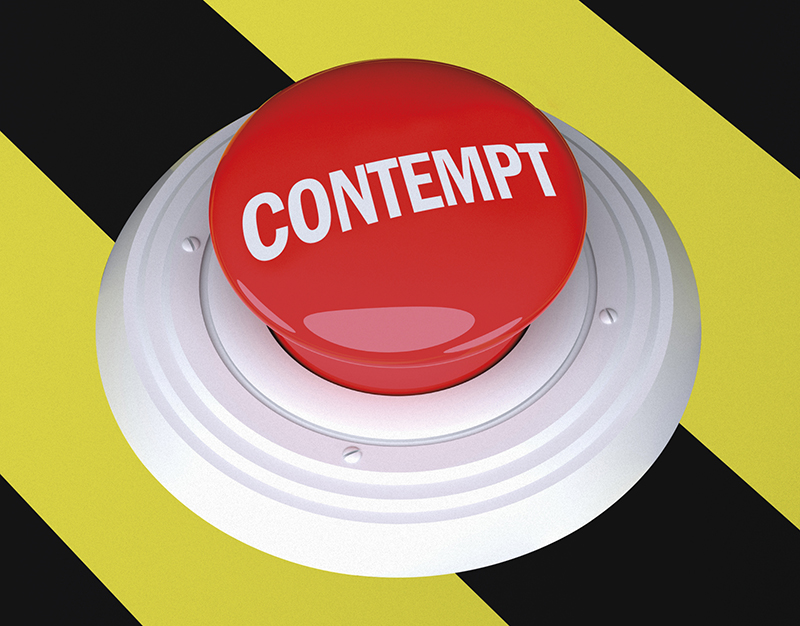
Nicholas Stewart QC & Max Cole on the risks of contempt of court applications
Contempt of court comes in many forms, some more lively than others. A defendant who ate an incriminating telex during the execution of an Anton Piller search order was obviously guilty. Rather longer ago, it was unsurprisingly a contempt to draw a sword to strike a judge. On the other hand, applying some version of the sticks and stones principle, an Australian court held in 2000 that it was no contempt, by a barrister as it happened, to call a judge by the w-word. Not wise, though.
Civil contempt by an individual is punishable by prison and/or a fine. In the case of a company, its officers are liable to those same punishments and the company can be fined. The contemnor’s assets may also be placed in the hands of sequestrators—as with the National Union of Mineworkers in the bitter mid-1980s litigation. While it is called civil contempt, the applicant must meet the criminal standard of proof.
Motives
From the court’s viewpoint, the purpose of its coercive











